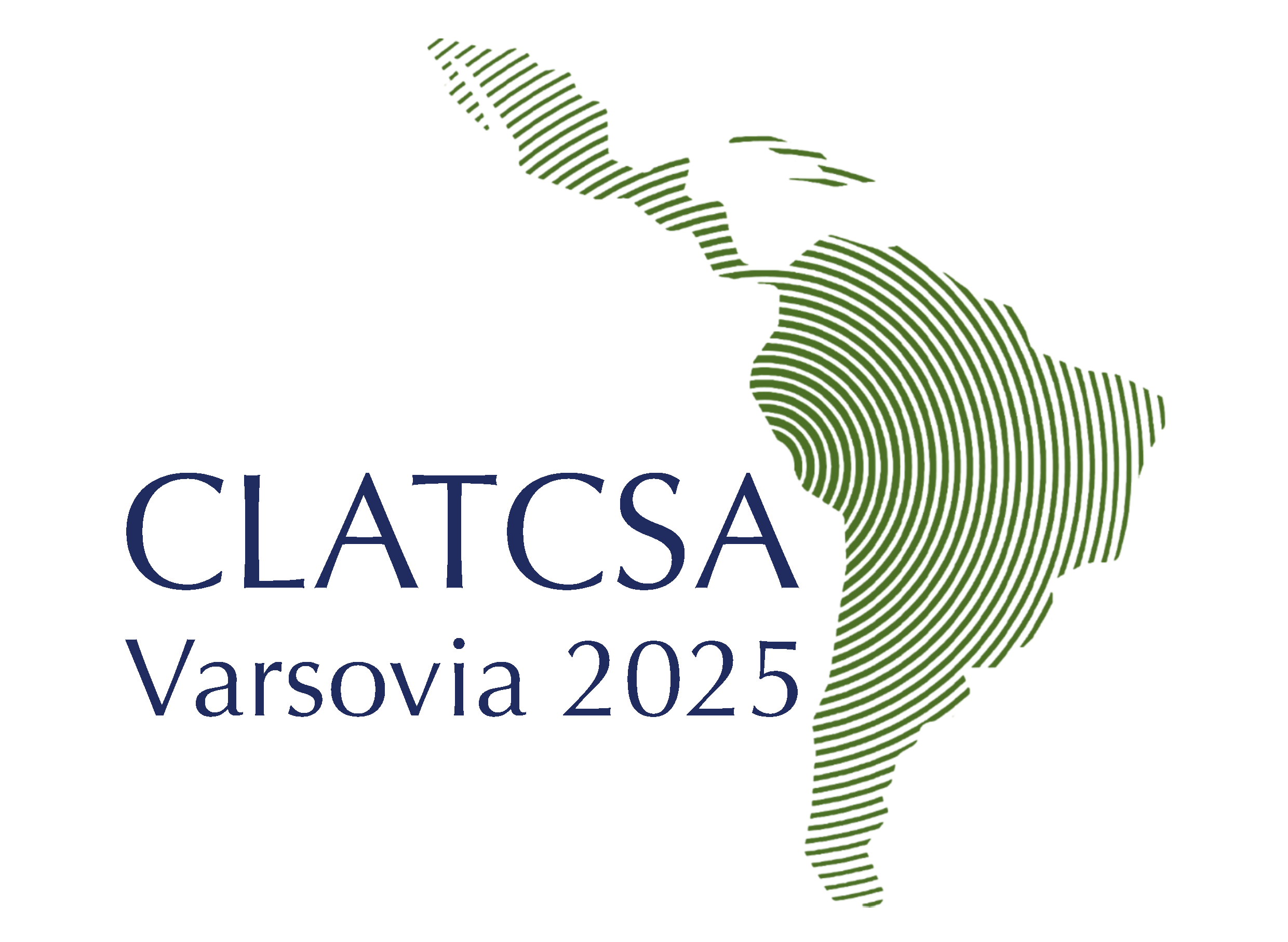Warsaw, the capital and largest city of Poland, is a vibrant metropolis of nearly 2 million people and the political, economic, and cultural heart of the country. Strategically located in Central Europe, Warsaw has evolved into a dynamic hub for academic, artistic, and civic life. It is a city of contrasts: modern skyscrapers rise alongside centuries-old churches and palaces, and creative energy thrives amidst sites marked by memory and resilience.
Warsaw’s urban fabric tells a powerful story. Once known as the “Paris of the North,” the city suffered almost total destruction during World War II. Its subsequent reconstruction – especially the meticulous rebuilding of the Old Town (a UNESCO World Heritage Site) – stands as a remarkable symbol of human perseverance. Today, Warsaw continues to balance remembrance and renewal, with memorials, museums, and revitalised spaces that honour the past while embracing the future.
Culture, Arts, and Everyday Life
Warsaw boasts a diverse and world-class cultural scene, including:
- Museums: POLIN Museum of the History of Polish Jews, the Warsaw Uprising Museum, the National Museum, Fryderyk Chopin Museum, The Museum of Modern Art in Warsaw,
- Theatres & Music: From classical opera at Teatr Wielki to contemporary performances and music festivals,
- Architecture: Baroque churches, socialist realist landmarks, minimalist contemporary designs,
- Literary and artistic heritage: The city of Maria Skłodowska-Curie, Fryderyk Chopin, and Nobel laureate Olga Tokarczuk
Urban Nature & Outdoor Activities
Despite being a bustling capital, Warsaw is one of Europe’s greenest cities, with:
- Extensive parks and gardens: Łazienki Royal Park, Saski Garden, Pole Mokotowskie, and the University Library Rooftop Garden,
- Vistula Boulevards: A revitalised riverfront with pedestrian promenades, bars, open-air cinema, and recreational spaces,
- Bicycle infrastructure: Bike lanes and Veturilo public bike system available across the city.
In June, Warsaw comes alive with open-air events, outdoor cafés, and long evenings, making it an ideal time to explore.
Food Scene & Nightlife
Warsaw’s culinary landscape offers something for everyone:
- Traditional Polish cuisine (try pierogi, bigos, żurek, or schabowy),
- Modern bistros and international flavours, with vegan, fusion, and street food options widely available,
- Nightlife: A wide range of cocktail bars, pubs, and clubs, especially around the areas of Powiśle, Śródmieście, and Praga.
Tipping in restaurants and cafés is optional but appreciated – around 10% for good service.
Getting Around
Warsaw has an efficient and affordable public transportation system that includes:
- Two metro lines,
- Extensive bus and tram networks,
- City trains (SKM, KM),
- Taxi and ride-hailing apps (Uber, Bolt, FreeNow),
- Shared bikes and electric scooters.
Tourists can purchase short-term tickets (20-min, 75-min, 1-day, 3-day) or use the Jakdojade app for real-time route planning and ticket purchases.
Highlights
Some recommended places to explore:
- Old Town & Royal Route – Historic core with cobbled streets, the Royal Castle, and vibrant squares,
- Łazienki Park – A vast royal garden with palaces, peacocks, and Chopin concerts,
- Palace of Culture and Science – A Stalinist skyscraper and symbol of post-war Warsaw, offering panoramic views,
- Warsaw Uprising Museum – A moving tribute to the 1944 resistance,
- POLIN Museum – Award-winning museum presenting 1000 years of Jewish life in Poland,
- Neon Museum, Praga District – Celebrating postwar design and alternative culture,
- Warsaw’s Green Beaches – Urban summer hangouts along the Vistula River,
- The Museum of Modern Art in Warsaw – the city’s newest architectural and cultural landmark.
